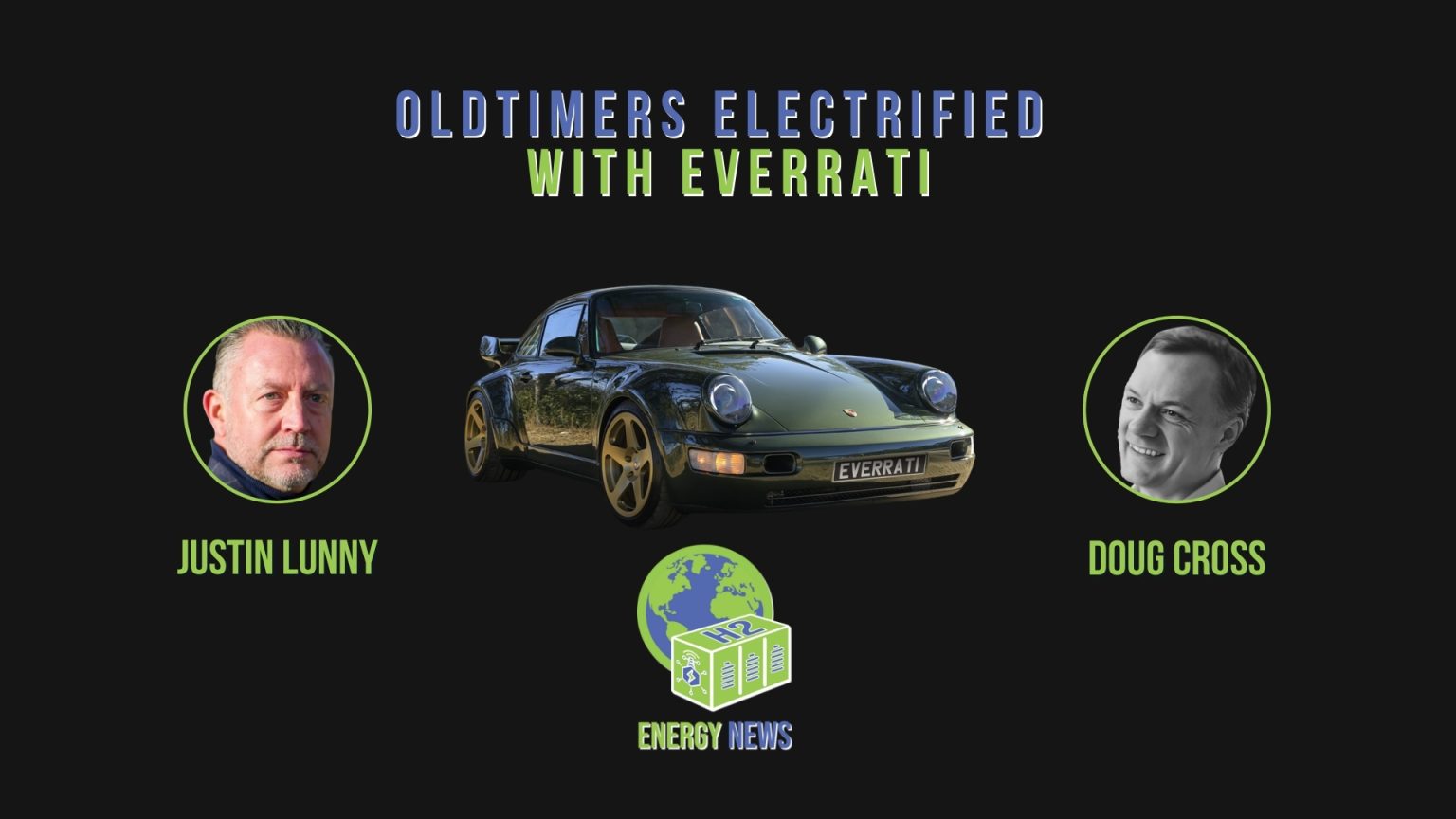The automotive world has a dirty little secret: while traditionalists clutch their pearls over electric conversions, companies like Everati are quietly proving that the future of classic cars isn’t about preserving the past—it’s about revolutionizing it.
WATCH THE FULL INTERVIEW HERE
When Justin Lunny founded Everrati after watching Prince Harry drive away in an electrified Jaguar E-Type, he wasn’t just starting another EV company. He was declaring war on the combustion engine’s stranglehold on automotive heritage. And the results are nothing short of heretical—in the best possible way.
“You’re making a big change when you take away the combustion engine,” explains Doug Cross, Everrati’s technical mastermind, who spent decades building Formula 1 engines. “The noise just disappears. Suddenly, all those things that were quiet before aren’t quiet anymore.” It’s a revelation that cuts to the heart of what makes a car truly alive.
The company’s approach borders on automotive sacrilege: taking iconic vehicles like the Porsche 911 and GT40, stripping out their combustion hearts, and replacing them with electric powertrains that somehow make them more desirable than the originals. Their narrow-body Porsche Tiptronic conversions—cars that “no one actually wants to drive”—suddenly become the center of attention at Pebble Beach.
But here’s where it gets interesting: Everrati isn’t just swapping batteries for gas tanks. They’re reimagining what preservation means in an electric age. “We will not compromise on things like cutting the chassis,” Lunny insists. “The body has to be as it is designed.” This isn’t modification—it’s resurrection.
The technical challenges read like a masterclass in automotive engineering. How do you fit 800 horsepower’s worth of electric powertrain into a GT40 without destroying its character? How do you maintain the weight distribution that makes a Porsche lift its inside wheel through corners? The answer involves three separate cooling systems, silicon carbide inverters, and motors that cost £30,000 each—components “that aren’t available to the general public.”
What’s most provocative about Everrati’s mission isn’t the technology—it’s the philosophy. While traditional restorers obsess over originality, Everrati asks a more interesting question: What if we could make these cars better? Their converted classics aren’t museum pieces gathering dust; they’re daily drivers in San Francisco, winter testing cars in Vermont, machines that get used rather than worshipped.
The company’s modular approach to powertrains reveals ambitious scalability. With over 500 different EDU configurations and battery packs that can be triangular, hexagonal, or whatever shape the application demands, they’re not just converting classics—they’re building the infrastructure for an electric automotive future.
Customer expectations tell the real story. These aren’t just wealthy collectors seeking novelty; they’re “thought leaders” from tech, sustainability advocates, and forward-thinking enthusiasts who understand that preservation sometimes requires transformation. Range anxiety? Not when your classic is your daily driver around the Bay Area.
Perhaps most telling is what happens when the engine noise disappears: you hear everything else. The gearbox, the windscreen washer pump, all the mechanical poetry that combustion engines drown out. It’s not about losing character—it’s about discovering it.
The regulatory landscape is shifting in Everati’s favor, with new rules making the electrification of classic cars easier. But the real victory isn’t legislative—it’s cultural. When a company can take an unloved Tiptronic and turn it into a Pebble Beach showstopper, they’re not just changing powertrains. They’re changing minds.
As emission regulations tighten and classic car ownership becomes increasingly complicated, Everrati offers something radical: a future where automotive heritage doesn’t just survive—it thrives. Their business model scales from bespoke conversions to B2B powertrain supply for thousands of vehicles annually, suggesting this isn’t a boutique curiosity but the beginning of an industry transformation.
The question isn’t whether electric conversions will preserve classic car culture. It’s a question of whether classic car culture can survive without them.





